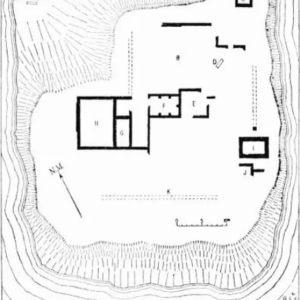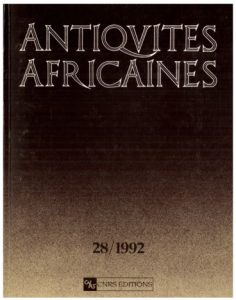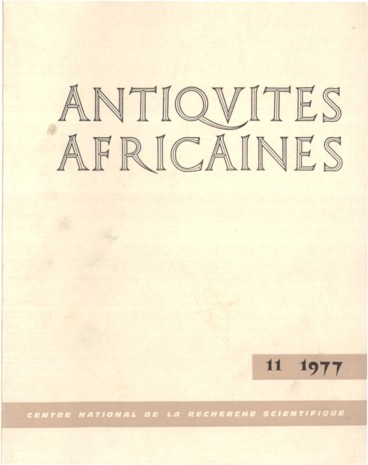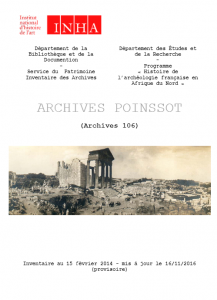let's discover this island




The archipelago of El Kneiss
is located in a zone of shoals extended to about fifteen kilometers long and 10km wide south of Mahrès in Sfax between Ras Younga and the channel which gives access to the oil port of Skhira . This archipelago took its name thanks to the presence of a knissa or church
The Church of El Kneiss

This church dates from the late period, it was erected on dziret el Laboua. Several archaeologists like P, Cintas, G. Feuille, L. Poinssot and Ch. Saumagne have spoken of this building. Surveys were made in 1941. We found built structures (36 m by 20 m) made of rubble and blocks of large apparatus, white marble columns, limestone capitals imported from the continent, keystones of imported yellow limestone arch, fragments of blue-green veined marble slabs, fragments of roofing tiles, plaster claustra serving as stained glass windows, stone cippus presenting motifs with liturgical decoration… A capital was transported to Bardo, a other is in Younga
In chapter XII of the Vita Fulgentii written in the 6th century AD by the Deacon Ferrandus, is the passage where it is a question of the monastery or Saint Fulgence, the bishop of Ruspe retired around 503-505 to devote himself to prayer and to manual work


Ferrand’s text indicates the presence of a large community on this island, it lived under the leadership of two priests. The question that arises how a community of this size can live in this small island? This is explained by submersion effects. In 1587, F. Lanfreducci and J.O Bosio indicate in their Costa e discorsi di Barbaria the kniess islands as two small islands with benches
A prospecting campaign as part of a Tunisian-French program was carried out in 1988
It allowed the discovery of several buildings: An octagonal Nadour signal tower built during the Aghlabid period from reused materials. 300 m from this tower, near a cliff, are the ruins of a very important ancient establishment, we found some cut blocks of large apparatus, a bottom of the tank exposed by the sea and lowered from the cliff. These remains indicate an activity related to the processing of fishing products. We can even think of a rural estate


To the west of the Skhira el Kdima, we found the two Christian basilicas excavated by Mr Fendri in 1959
The ruins of Henchir Ferchatt: there are walls, a vast necropolis with mausoleums including a mausoleum with a pyramidion of Punic-Hellenistic tradition, cisterns. Ceramic witnesses have allowed the dating of the site from the 2nd to the 5th century AD.
On the east bank of the Rejel ben Sehil, are the ruins of Zabouza, a kind of circular basin of waterproof concrete coating, fragments of marble and a lava stone catillus were found. A hundred meters further north are the remains of a Christian building: a cruciform baptismal font coated with tile concrete and show some traces of a mosaic decoration. It is surrounded at a short distance by fragments of columns and capitals, which indicates the presence of a baptistery.
South of Younga, ruins located near the Shirra Kedima (Henchir Flaguess) have been identified. Among these ruins a cathedral basilica (according to N. Duval)






